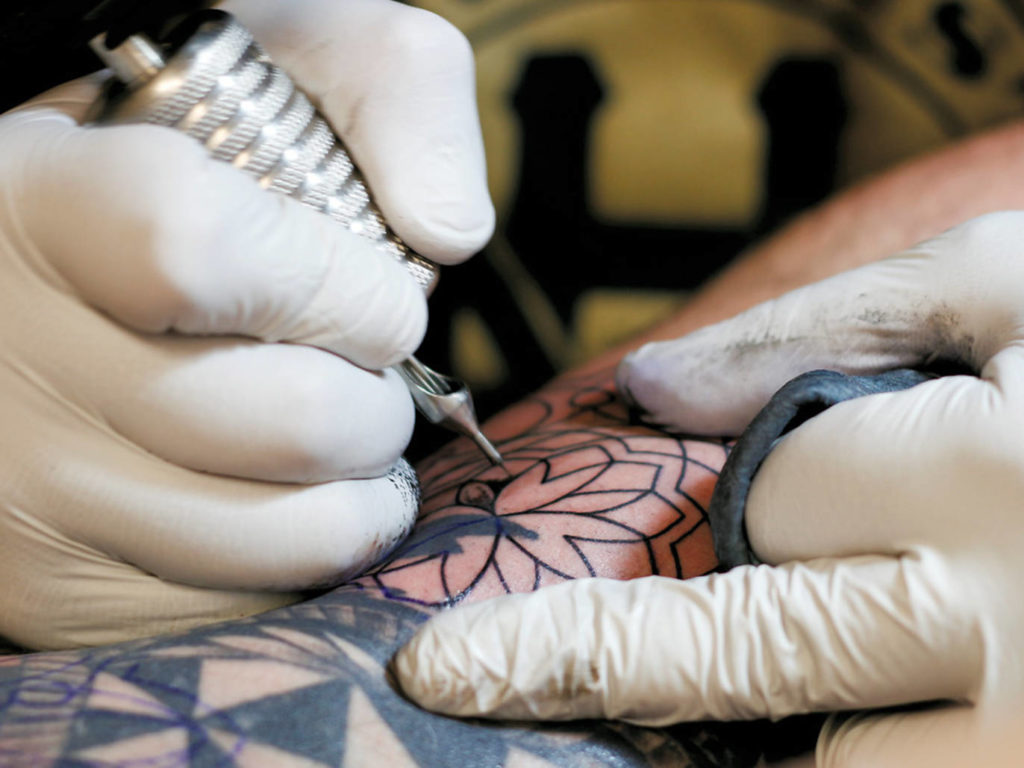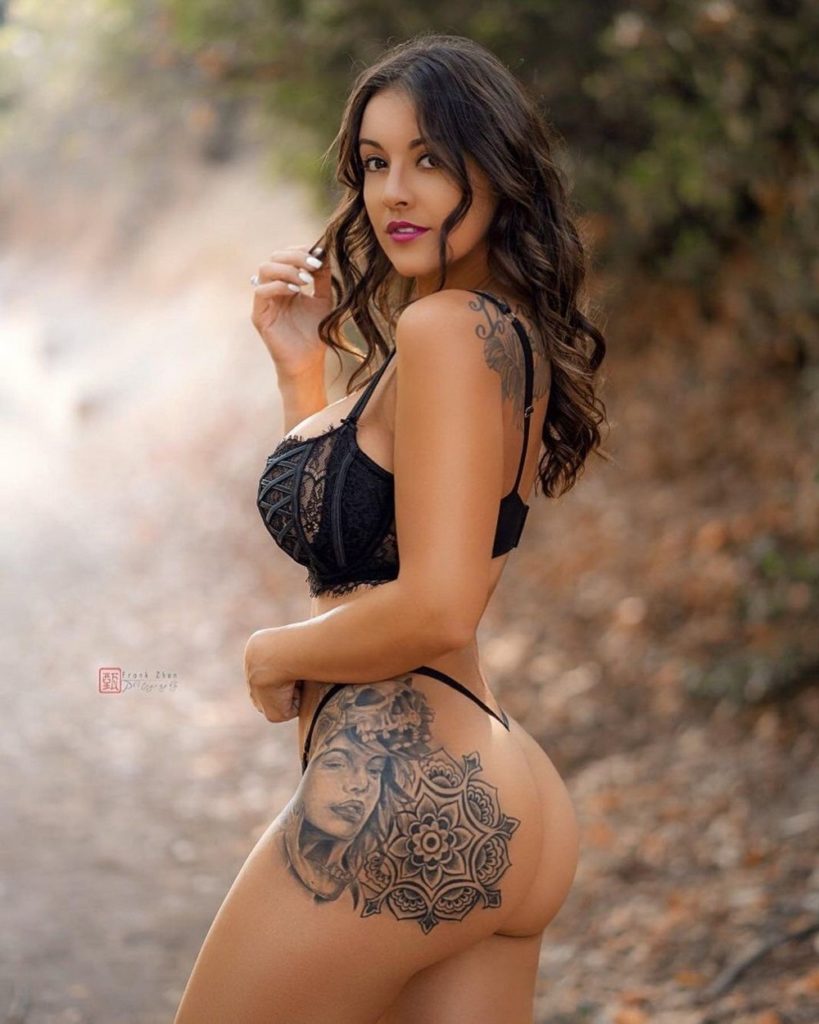Journey to the origin of Maori tattoos

The chronicles of the first European sailors of the 18th century are the first descriptions of the practice of ‘moko’ in present-day New Zealand.
With rhythmic and repetitive strokes, the Maori, the original inhabitants of New Zealand, used to get tattoo all over their bodies with a sharp tool made from albatross bone, shark tooth or thorns. Tattooing was a sacred ritual, called tapu, with a series of guidelines: after the bleeding period and when healing began, you could not eat with your hands, have sex or go to war. It was also said that anyone who broke the rules would get so swollen from the multiple scarifications on the skin that they died of suffocation. None of it has remained except the name. Tattoo studios in large cities now offer catalogs with Maori designs, symbols that, according to tattoo artist and researcher Paula Muñoz, have little to do with what they meant to the primitive inhabitants of the islands.
To get to the origins of the Maori tattoo, you have to immerse yourself in the chronicles of the first European sailors who set sail for the Pacific islands in the 18th century. Muñoz, 32, took up this task after a client asked him for a drawing of these characteristics. With his stage name Pau Beyondskin , he decided to review for more than seven years the logbooks of the British navigator James Cook (1728-1779) , one of the main explorers of the Pacific, and the drawings of Sydney Parkinson, the botanist who accompanied him. Thus, he managed to recover a large part of the first documents that described the process and the meaning of the set of icons in the form of lines, rounded triangles and spirals carved into the skin.

The Maori or moko tattoo was done by a tahunga , who held a position similar to that of a priest. He dipped the tools in an unctuous mixture of burnt root ash that he rubbed into the furrows of the skin while asking questions of who was going to undergo the process. The tattoos were of two types: dark iconographies on the non-tattooed skin or skin-colored on a black background, called puhoroand exclusive to New Zealand. But above all, they involved more than decorating the skin: they were fully personified and told the history and genealogical trajectory of each individual. Tattooing was a process that was repeated throughout life, adding more and more icons with their own meanings. Therefore, not only the people of the highest social class, but the elderly, were the ones who had the most tattoos. And the most ornate area was the face.
“Through facial iconography, it was known who the person was and who had been killed,” explains Muñoz during a conference at Casa Asia, alluding to the mokomokai , the heads of Maori chiefs that were stuffed and exchanged for firearms during the war. of the Muskets, a long series of battles between New Zealand clans that spanned the first half of the 19th century. These heads thus became objects of a trade that was banned in 1831, but contributed to the supply of pieces to some European museums of the time. Today, there is still a repatriation program to return Maori heads to their descendants or, where appropriate, to the Museum of New Zealand for storage without being exposed to the public.
The war between clans ended in 1840 with the Treaty of Waitangi , which determined that New Zealand became a British colony. In the few remaining copies of the treaty, the signatures of the Maori leaders are icons, the same ones that can be seen on tattoos, since they lacked written language. Another proof that tattoos defined each individual. The exact meaning of each symbol has not yet been established.
Muñoz’s research covers the years between 1769, the date of Parkinson’s first drawing, and 1850, when the evangelization of the islands began, by priests and missionaries who banned Maori names and the practice of traditional tattooing, despite what which moko has reached today.
